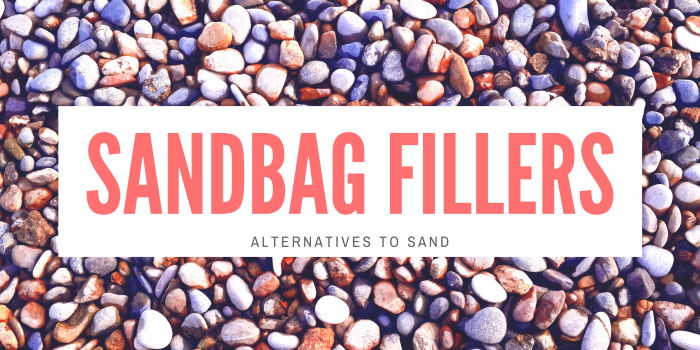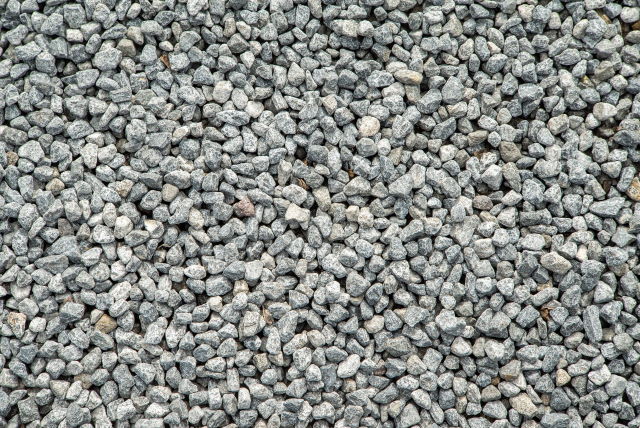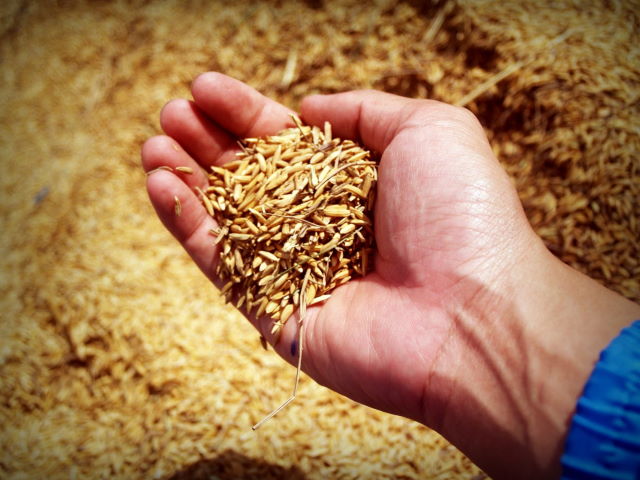
Sandbag training can take your strength and fitness to the next level. As you carry this awkwardly shaped object, the contents shift and move around so your muscles work harder to stabilize the bag.
The irony of workout sandbags is that the best filler material is not necessarily sand.
The reason for this is that sand often leaks out and clogs up zippers and gets into all little nooks and crannies. Typical sandbags take a lot of heavy-duty use, so over time the coarse sand also begins to pulverize. You will start to notice when using your sandbags they’ll release a lot of dust.
So, overall regular sand can end up making your sandbag a messy training tool.
Another reason sand is not the right filler is because many people want something denser that will maintain weight but be more flexible. This is especially true they are using sandbags for strength training.
Below we list our top picks of alternative sandbag fillers that will give your bag longevity over all your different kinds of workouts.
But first, here are a few things to keep in mind before you start filling:
- If you’re a beginner, then the optimal weight for your sandbag should be 40-50 pounds.
- If you’re advanced then go for 50-60 pounds (women can opt for the lower weight).
- Don’t overfill your bag as over time the weight of the fill can damage it and break seams. On some of the better fitness sandbags, there’s a marker that will show you the fill limit.
- For lighter bags, you may experience some saggy spaces that make the bag uncomfortable to train with. To solve this issue, some trainers have come up with a brilliant hack – simply fill the empty spaces with pool noodles to even out the bag.
- You’ll need a scale when filling your bags and a spade if using the options like pea gravel or pebbles.
Sand Alternatives To Fill A Workout Sandbag

Here are some of the best candidates as a filler for sandbag training:
- Pea gravel – often pea gravel bags come wet from the hardware store, so allow to dry at home by opening up the bag and laying all the pea pebbles in the sun. Once dry, place in a bucket to fill up your bags later. Some people combine rubber mulch to fill in the spaces, the recommended amount is one third rubber mulch and two thirds pea gravel.
- Rubber Mulch – disclaimer on this option: these are not environmentally friendly and are a pain to clean up after. But as mentioned above some people combine rubber mulch with pea gravel to get a more solid evenly spread bag.
- Pebbles or aquarium gravel – as with gravel, you can also use pebbles or aquarium gravel which are smaller, easy to fill, and are available at most hardware stores.
- Animal Feed – here’s where humans start to get creative! Animal feed has proven to be a pretty good filler as it’s pelleted, so it provides quite a bit of flexibility inside your bag. Also, it’s environmentally friendly and easy to clean up.
- Rice – use any kind of rice you like, wild, brown, or white rice all work great. Use about 50 pounds for all the weight you need. Rice is easy to clean up, gives off no dust, and proves superior as a flexible filler.
- Dried Corn – you could also try dried corn (and some people have suggested beans), however over time, if you’re dropping the bag and getting pretty rough with it (as one does with a sandbag), these could get pulverized and become broken, also you run the risk of these fillers giving off dust.
- Clothing/Fabric – old clothing has long been hailed as solid and reliable for boxing punching bags, but it’s just as effective as a filler for sandbags. Plus upcycling old clothing and fabric is not only ecological, but it’s also super economical. And old clothes can be heavy (if you’ve ever carried a bag of laundry around you’ll know what we mean).
- Shredded Paper/Cardboard – now this is probably the cheapest and most accessible (just raid your office printer) and yes also environmentally friendly. You’ll need a fair amount of shredded paper and cardboard but it’ll give you the weight and even distribution you need if you pack it in quite tight. The only cons with cardboard/ paper are that it doesn’t transfer well if you ever have to get it out, and the obvious weakness is water! You can’t get your sandbag wet when it’s filled with paper/cardboard as this weakens the structure and your bag will no longer be fit for purpose.
- Water – good old, free, H20 makes a good filler, though you’ll need to buy a specific leak-proof bag. If you’re looking for a lot of weight, water is not your best bet, however. But if you’re intent on using water, there are very good survival bags that hold a little over 2 pounds each.
- Wood Pellets – yes, the same stuff manufactured for wood stoves. Wood pellets offer great value (probably one of the most affordable fillers), and they add great flexibility to the shape of your bag. You might find a little sawdust in the bag, but not much and they don’t give off too much dust. They’re still a cleaner option than sand. If you’re looking for more weight though, wood pellets don’t add up to their heavier counterparts like gravel and pebbles.
- High-Performance Bedding – contrary to what the names suggest (sheets and pillow slips), these are actually small, angular limestone pebbles used for gardening, but just as effective as a filler for your sandbag. They’re heavier by volume so you can add more total weight. A note on this filler option: the angular shape may prove to be uncomfortable while carrying on your shoulder.

Final Thoughts
In the end, your choice of filler for your sandbag will depend entirely on your personal preferences. They are all relatively cheap options but you’ll have to weigh up cost versus value and see what is available to purchase in your area.
You might be weighing up comfort versus added weight. And of course, we should all be thinking of environmentally friendly options, so we can work out and perfect our strength and physique but not at the cost of our only home – planet earth.
Leave A Comment